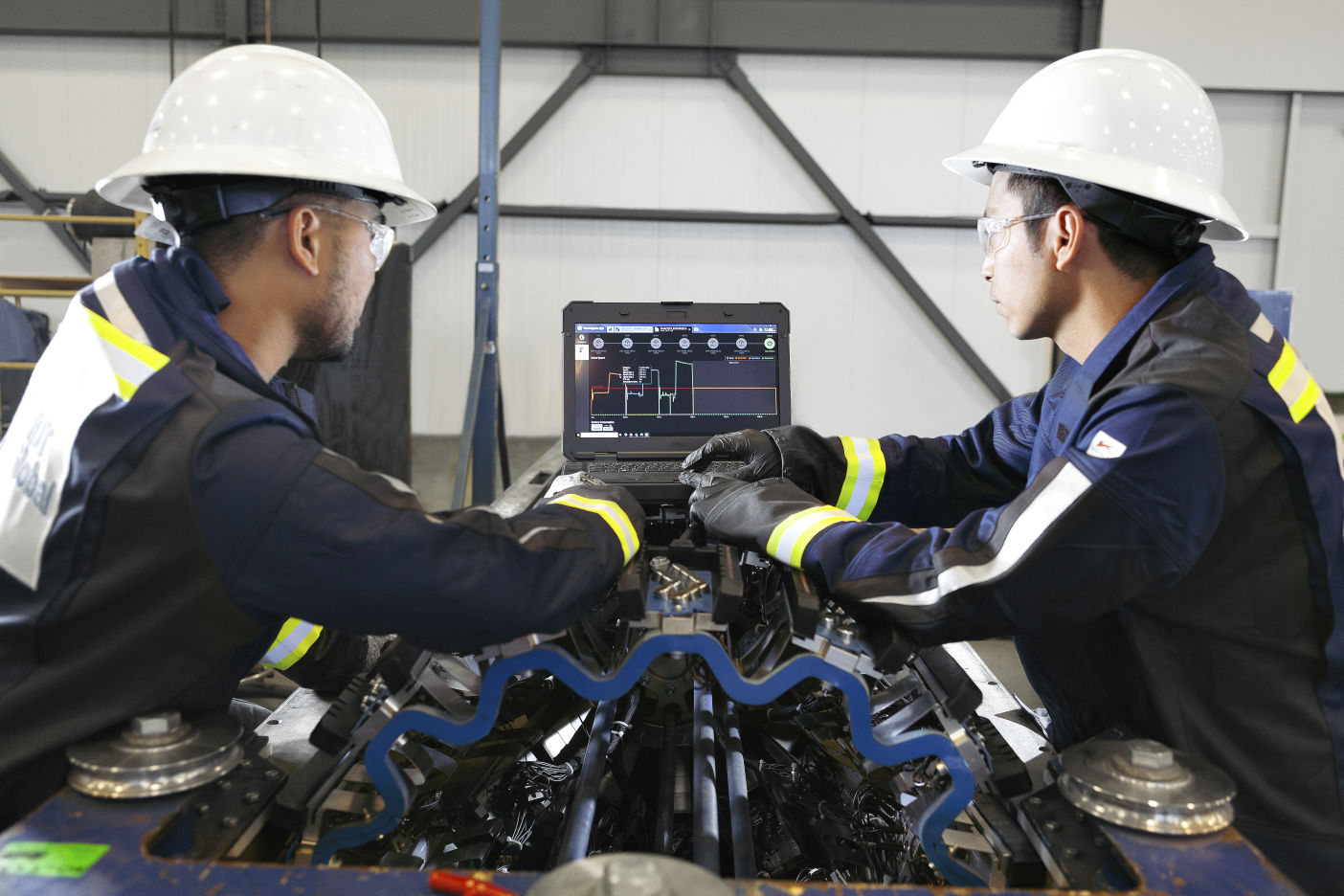Pipeline networks are at the core of how energy companies create value for shareholders and consumers. There is a significant premium on ensuring they are operating near or at optimum levels of safety and efficiency as they move a range of products from source to refinery.
Achieving this, however, takes tremendous effort. Many pipeline environments are mature, requiring planned maintenance programs to keep them working effectively.
The Challenges of Managing a Pipeline Infrastructure
The decision-making process involved in managing a pipeline network is complex, and environmental constraints make monitoring pipelines difficult. Inspections are typically run every five years, and the process is not risk-free. Problems missed or developed between inspection cycles can significantly impact network availability and performance. Sourcing and retaining the skilled staff needed to maintain pipeline integrity remains a significant industry challenge as well.
If you are a pipeline operator, you have integrity management programs in place; however, you know that, like the business itself, nothing does or should stay the same forever.
The Past, Present, and Future of Pipeline Management
Despite being viewed as fixed assets, pipeline networks are surprisingly dynamic environments. First, there are the pipelines themselves and their associated infrastructure. Many pipelines were built in the 1950s and 1960s and need enhanced scrutiny to identify age-related issues that can cause corrosion, cracks, metal loss, and other stresses that degrade pipeline integrity.
The way pipelines are used is likely to change too. While oil and gas have been their staple for many years, new energy carriers (like hydrogen) are being planned for. This brings new challenges for pipeline operators and their management teams.
As well as managing the physical infrastructure, managers must negotiate many operational constraints. How do they better perform integrity checks with constrained resources on a limited budget? Equally, how do they reduce disruptions to the business to keep product flowing to the refinery—and ultimately, to the customer—while assuring the network’s safe operation?
Ensuring optimal efficiency is both challenging and costly, but a constant flow of technological developments in recent years provides ways to help pipeline operators meet new challenges, keep their pipelines safe, and satisfy their customers and stakeholders.
In light of all such advancements, NDT Global offers a three-step approach to help operators review and enhance their pipeline diagnostic policies and programs and understand the options open to them so they can develop pipeline integrity programs that meet their needs.
Let’s explore it in more detail.
A 3-Step Approach to Enhancing Your Pipeline Diagnostic Model
Our model covers advanced inspection platforms, data collection models, and data analytics.
1. Inspection Platforms
Inspection platforms have long been critical in pipeline integrity management programs. Meanwhile, well-established providers such as NDT Global have continued to invest heavily in the technologies on these platforms to provide a comprehensive array of diagnostic techniques. Recognized as a pioneer in ultrasonic inspection technologies — Pulse Echo, Pitch & Catch, Phased Array, and Acoustic Resonance (ART) — we also deliver a range of non-ultrasonic technologies, such as Inertial Measurement, with more under development, including Eddy Current. NDT Global’s ultra-advanced precision tool fleet leverages the most sophisticated technologies to diagnose even the tiniest (sub-millimeter) anomalies in liquid or gas — combining detection, sizing, and identification for maximum insight and actionability. Even challenging pipeline contexts, such as multiple diameters, heavy wall thickness, or deep water applications, are diagnosable to the highest level of probability.
2. Data Management
More sophisticated inspection technologies with much greater sensitivity capture more diagnostic data, which means better insights. The volumes of data collected by modern diagnostic tools can quickly run into petabytes (millions of gigabytes) over a single pipeline run. More data should mean better decisions, but care needs to be put into sound data management practices to capture its full value.
Inspection platforms typically store the data collected, ready for analysis once runs have been completed. The volume of data presents the most significant challenge for operators, and moving it securely, accurately, and transparently needs to be done with care. A corrupted data set will be of limited value and may prompt the need for a second (and disruptive) run. The timely delivery of data is critical to ensuring that resources are used efficiently and potential delays are minimized.
Finally, the reality of an inspection run is that the output will comprise several data sets from different tools. Data will be in various formats and must be managed separately while maintaining referential integrity as part of a single run.
3. Data Analytics
Data analytics is the next step. This is without question the area of pipeline integrity science that has changed the most in the last five years, with the evolution of cloud computing capabilities that offer powerful data analytic capabilities at a competitive price point.
Artificial intelligence (AI) and machine learning (ML) capabilities allow data analytics to be delivered at scale and complement the expertise available from geologists, metallurgists, and other industry professionals. They can work with data scientists to sort through large volumes of data and identify issues and anomalies. Other engineers can review this data to provide a more detailed and meaningful analysis.
These data sets can be enriched further by comparing results from other pipeline sectors and earlier inspection runs to see how the integrity of a pipeline changes over time. This level of insight offers scope for pipeline operators to significantly enhance their integrity management policies and programs based on the profile of their pipeline infrastructure and the needs of the business.
Conclusion
At NDT Global, we envision a safer environment for people, business and nature – for generations to come. That’s why our business is focused on a single objective: to provide asset owners and operators with the world’s best diagnostic data. We know that bringing the most innovative and advanced diagnostic platforms, supported by world-class engineers and data analysts, drives the best and most reliable predictive insights, enabling our customers to make optimal decisions for pipeline health and operational efficiency — with precision and confidence. As your partner, that’s our commitment: to deliver the Power of Clarity.
Let’s talk.


